The Japanese have long revered their natural landscape.
Its beauty has been a central focus in Japanese culture as has its power. All rooted in the belief that supernatural forces and beings—from ghosts to shape-shifting animals to trickster spirits – inhabit and influence the natural realm.
Painting is the preferred artistic expression in Japan, practiced by amateurs and professionals alike. Until modern times, the Japanese wrote with a brush rather than a pen, and their familiarity with brush techniques has made them particularly sensitive to the values and aesthetics of painting. With the rise of popular culture in the Edo period, a style of woodblock prints became a major form and its techniques were fine-tuned to produce colourful prints.
Ukiyo-e (浮世絵) are Japanese woodblock prints which flourished during the Edo Period (1603-1867). They originated as popular culture in Edo (present day Tokyo) and depicted popular geisha, sumo wrestlers and kabuki actors from the world of entertainment. Ukiyo-e, literally “paintings of the floating world”, were so named because their subjects were associated with impermanence and detachment from ordinary life.
The Japanese, in this period, found sculpture a much less sympathetic medium for artistic expression; most large Japanese sculpture is associated with religion, and the medium’s use declined with the lessening importance of traditional Buddhism.
The Edo period or Tokugawa period is between 1603 and 1867 and is probably the most identifiable and prolific period for Japanese art.
Although, Japanese pottery is among the finest in the world and includes the earliest known Japanese artefacts.
Partly Sourced: – https://en.wikipedia.org/wiki/Japanese_art
Planning a trip to Japan?
Visit this site – https://www.japan-guide.com/e/e2128.html
below are a few examples of classic Japanese art. You notice the simplicity of the paintings or woodblock prints. No stroke or mark is wasted.
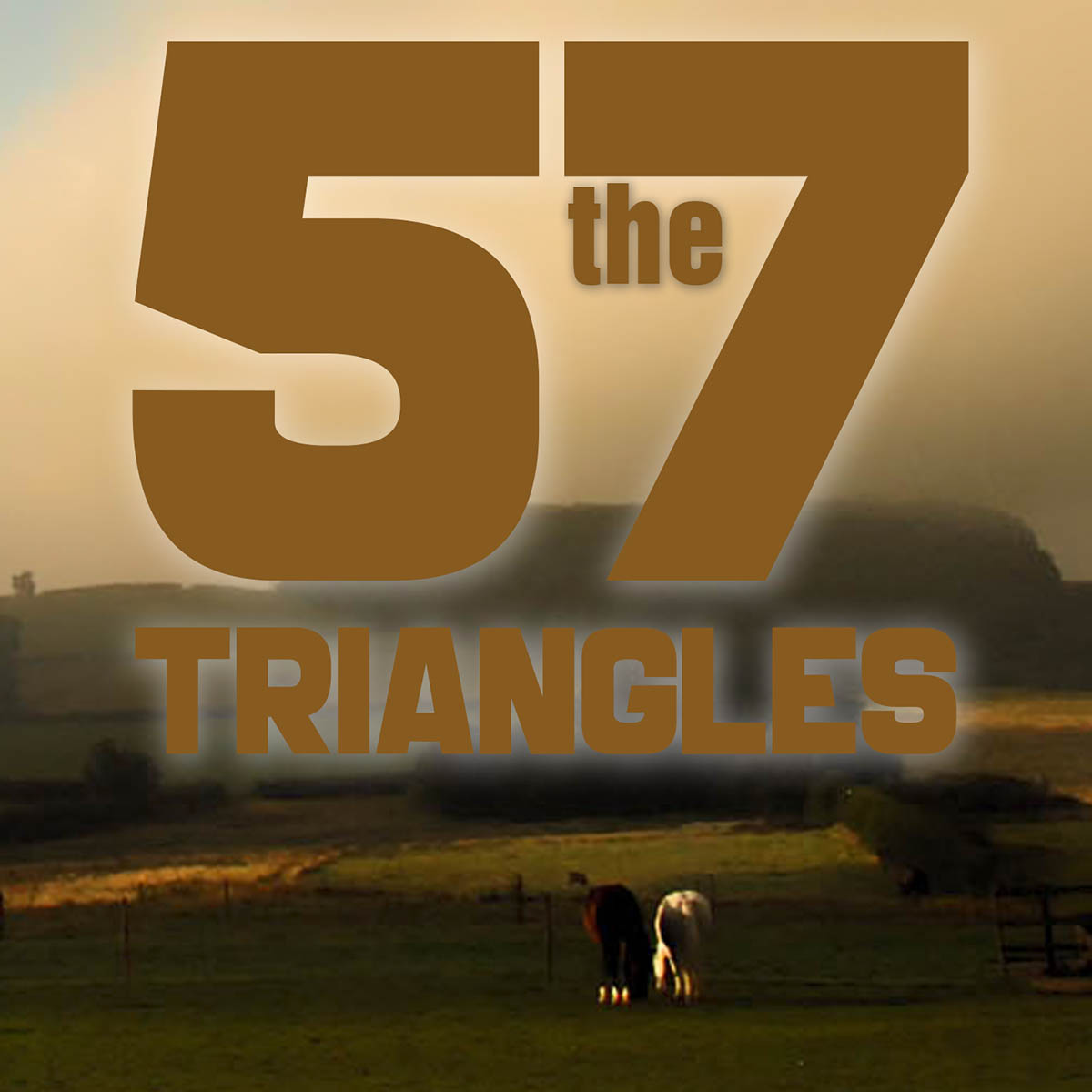


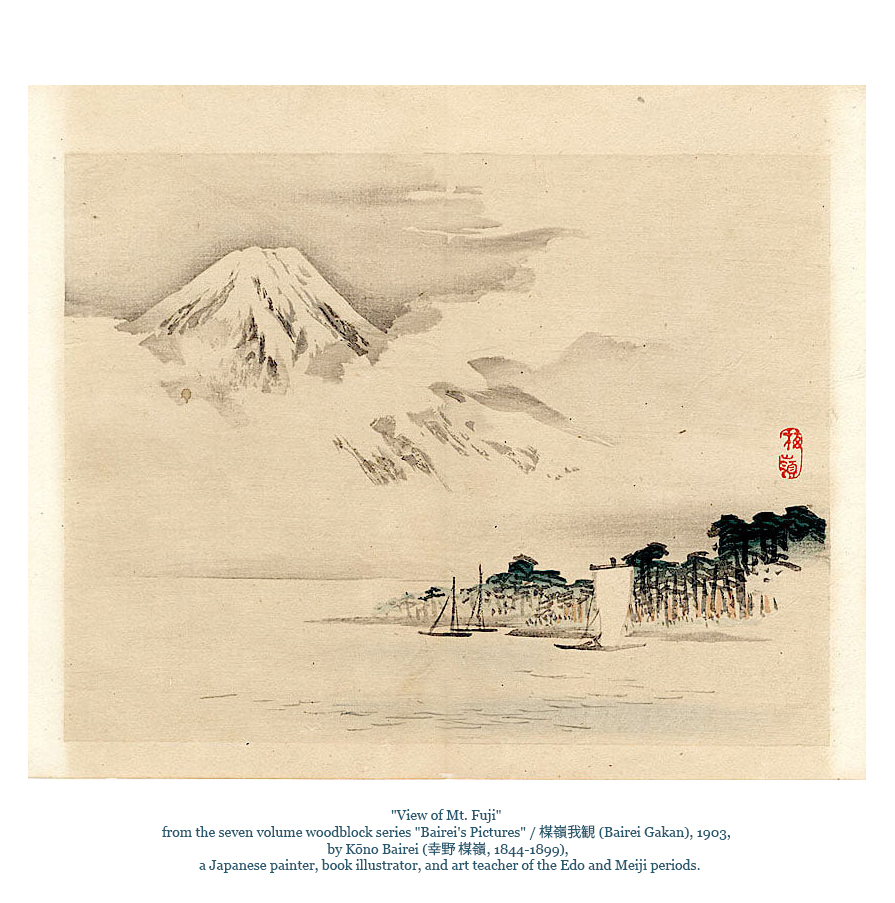



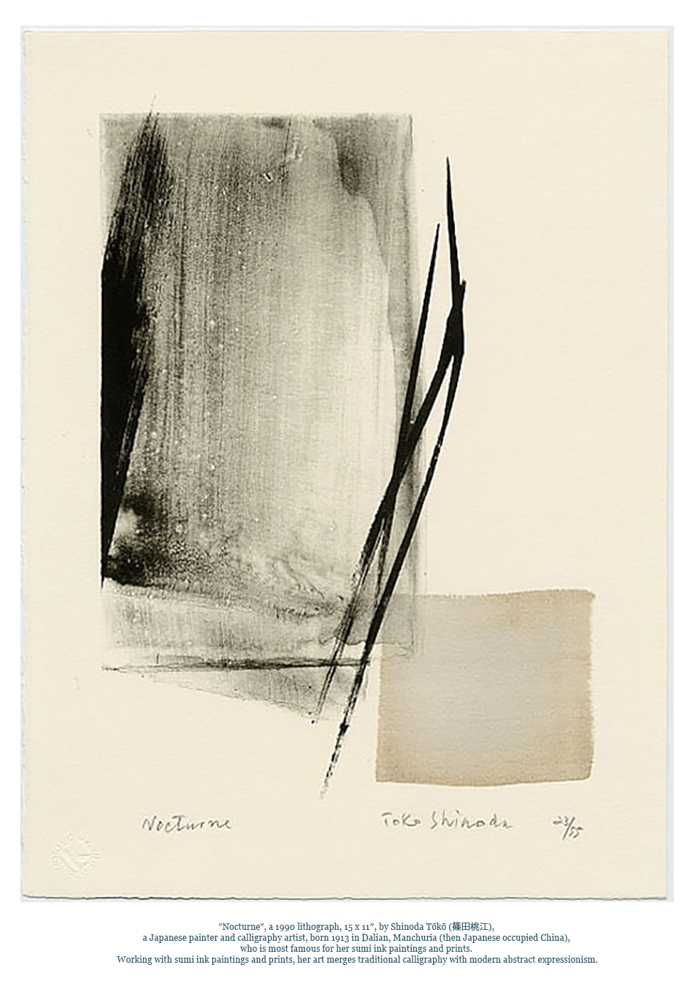

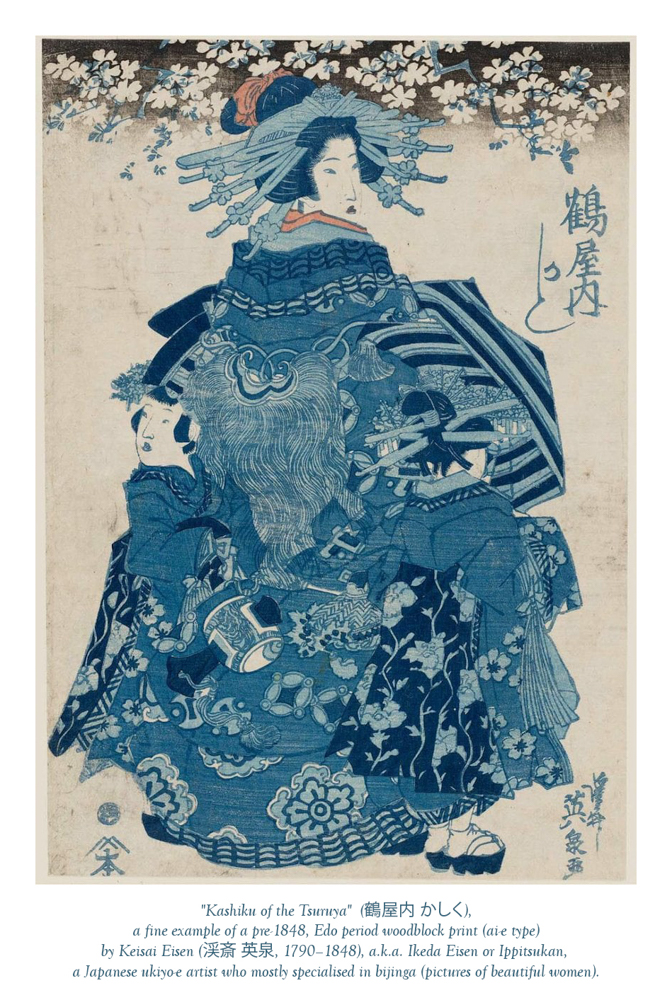




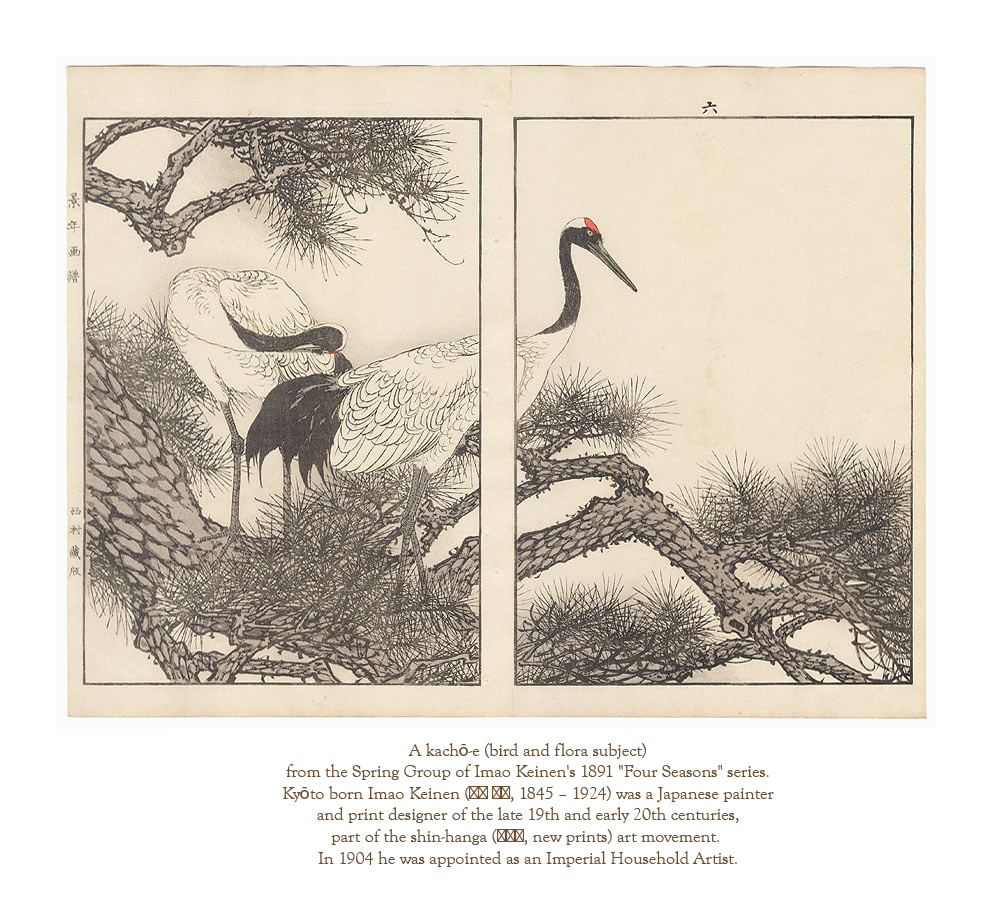


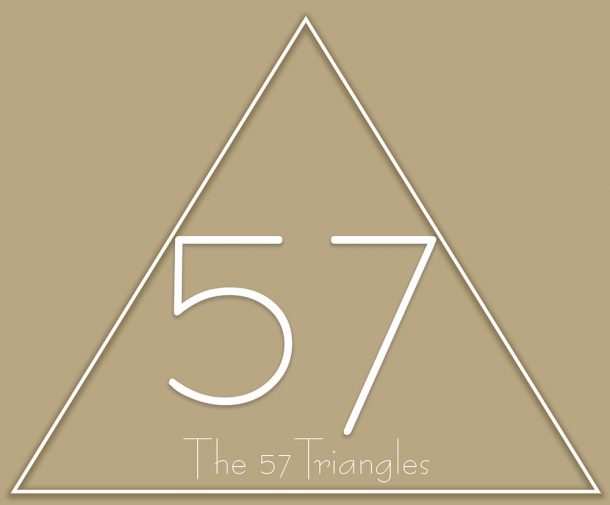
Recent Comments